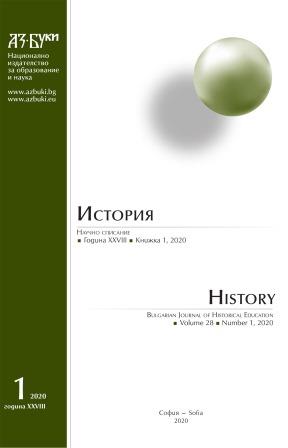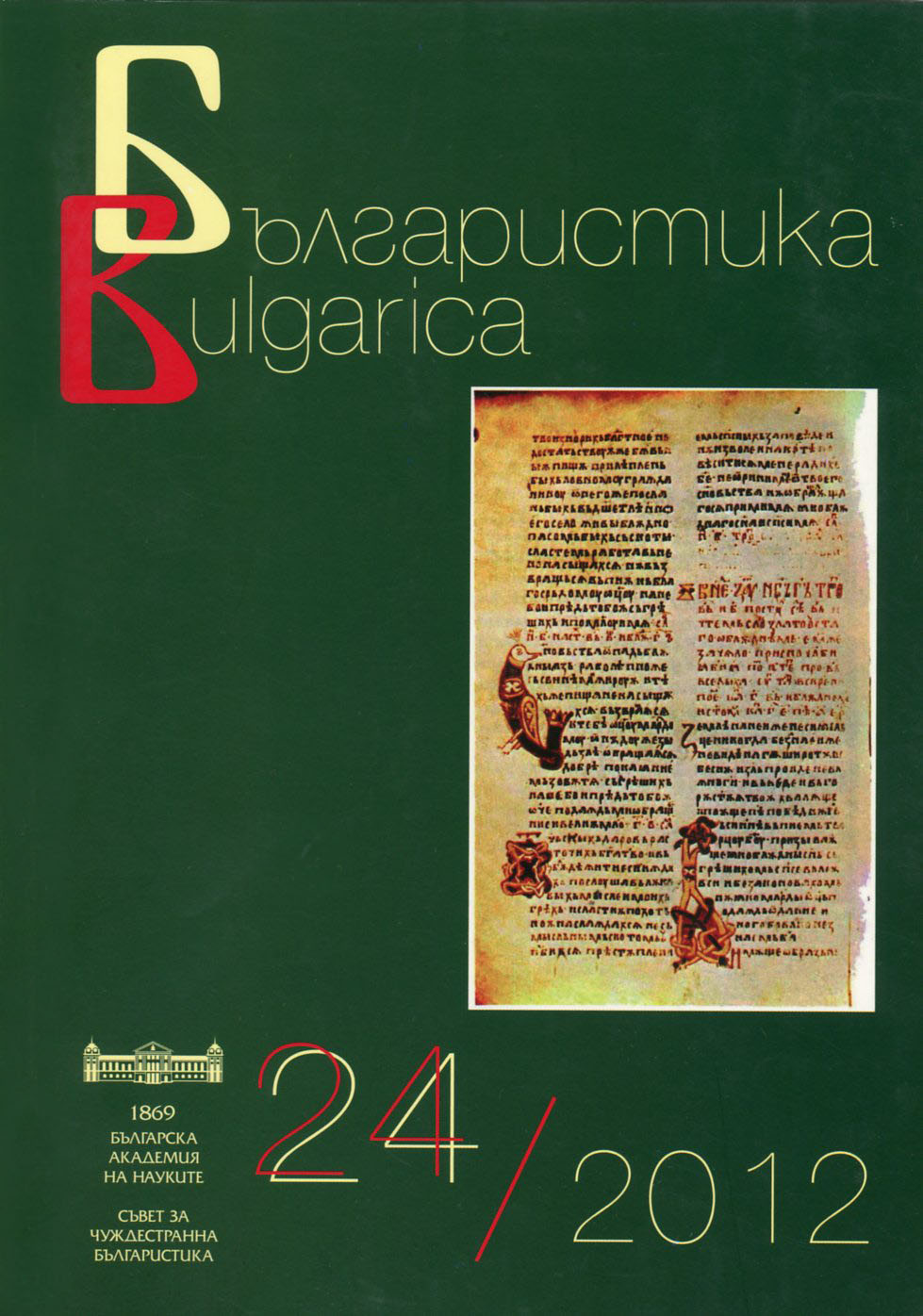
Научна периодика 2011–2012 г.
Content of the main Bulgarian scientific journals for the current year in linguistics, literature, history, folklore, ethnography, archaeology and art studies
More...We kindly inform you that, as long as the subject affiliation of our 300.000+ articles is in progress, you might get unsufficient or no results on your third level or second level search. In this case, please broaden your search criteria.

Content of the main Bulgarian scientific journals for the current year in linguistics, literature, history, folklore, ethnography, archaeology and art studies
More...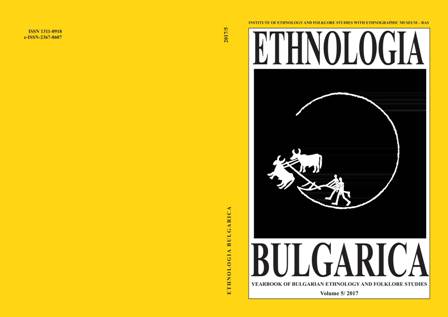
The present text is dedicated to a particular case from the last ten years when a meta narrativewas created, in this sense also a memory for the past, for St. Athanasius Monastery near the village of Zlatna Livada, a monastery proclaimed to be the oldest in Europe. Its founding is attributed to one of the key figures in the history of early Christianity, St. Athanasius, which gives the cloister a specific sacred nature. The subject of the study is indicative of the role that modern means of communication play in constructing popular ideas of the past.Thus, the ‘history’ of St. Athanasius Monastery becomes grounds for national pride and self-confidence; on the one hand, it symbolizes the ‘deep roots’ of the nation and on the other hand, it lends Bulgaria a greater symbolic significance in the context of a united Europe. The narrative of this Christian cloister’s ancient past proves to be a winning formula, since it focuses and expresses the hopes and aspirations of various social actors and circles, i.e. becomes part of several projects orientated to the future.
More...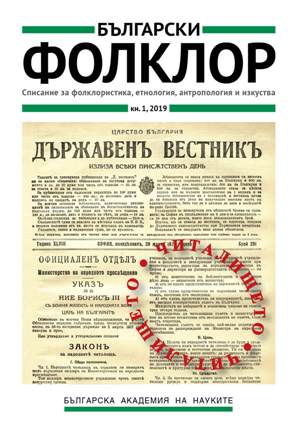
Asserting for decades on end its status of a focal point of the (social and) cultural life of (predominantly small) communities, the institution of the Bulgarian chitalishte in its more than a century existence has gradually but firmly accepted and realized its functions related to the transmission of the local culture. The text develops the discourse about the chitalishte as “memory” as well as a a “generator” of local culture, closely related to its institutional status based on community unification.
More...
The aim of the present study is to explain the role of the Bulgarian chitalishte institution in the process of safeguarding of intangible cultural heritage. The analysis focusses on the legal provisions and on the regulations concerning the chitalsihte (as cultural and educational institution, which is specific for Bulgaria) in the context of the Convention for the Safeguarding of the Intangible Cultural Heritage. The author also analyses the different aspects of the relations between this specific institution, the community and the cultural heritage in the context of the chitalishte (i.e. as museum artefacts in ethnographic collections, as written, photo, phono or video recordings in chitalishte archives, as traditional knowledge, skills and experience diachronically transmitted within the particular local communities).
More...
This article analyses the Council of Europe Framework Convention on the value of Cultural Heritage for Society with a focus on the right of cultural heritage and exploring the innovative concept that it introduces – a heritage community. In particular, the scope of the community, the signs of community unification, the criteria for community formation and the differences from other communities are outlined. The article is presented in two parts. The first reviews the two basic documents of the Council of Europe Framework Convention on the value of Cultural Heritage for Society and the Explanatory Report that comes with it. The second part reviews the EU documents, which are related to the Faro Convention.
More...
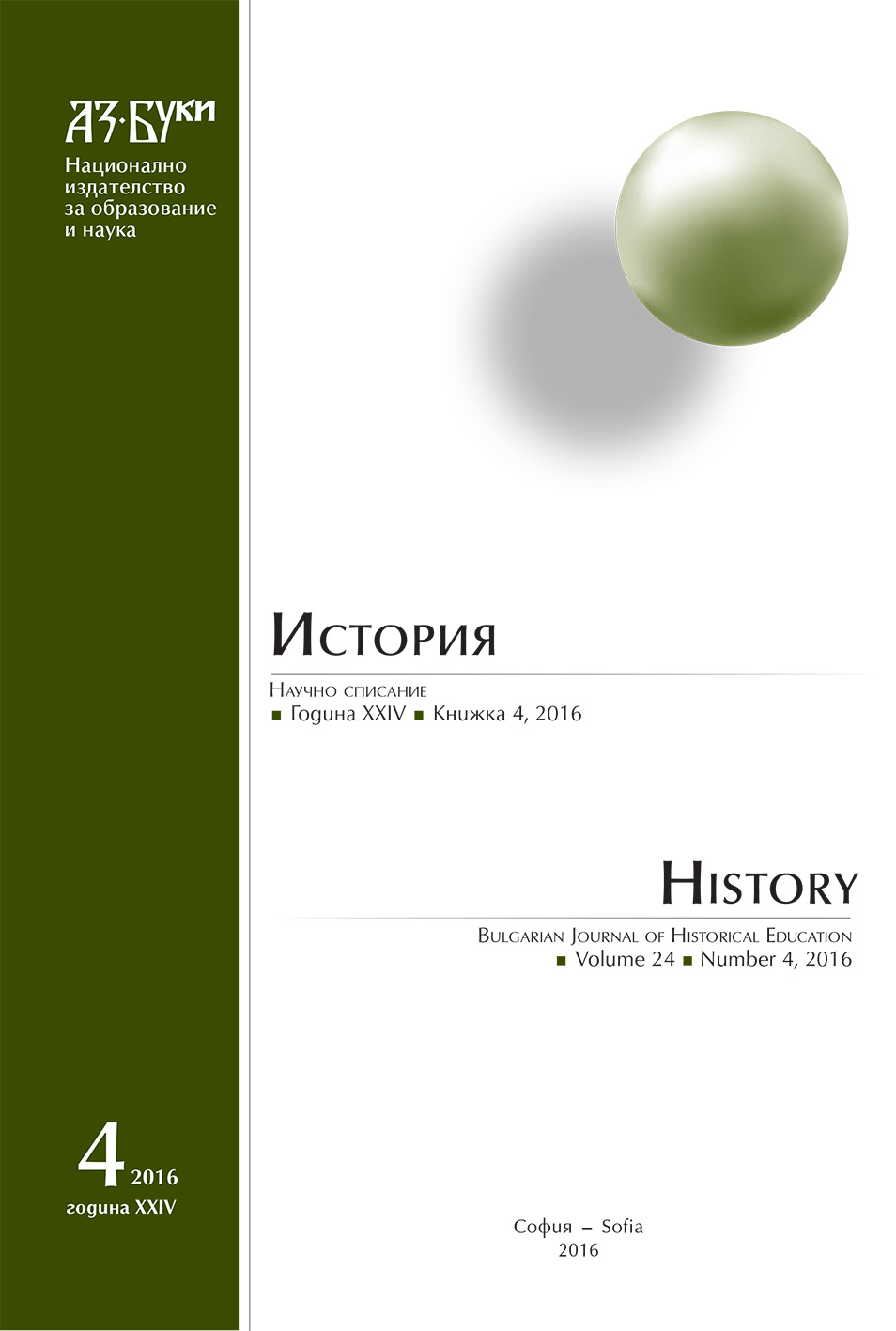
The article highlights the main difficulties and problems that Bulgarian teachers face abroad, particularly in the US, in bringing up patriotic feelings in children born and growing outside of Bulgaria. Also, the author shares her good pedagogical practices that she apply in one of the biggest Bulgarian schools in Chicago, USA to deal with the difficult task to teach their students to care about Bulgaria.
More...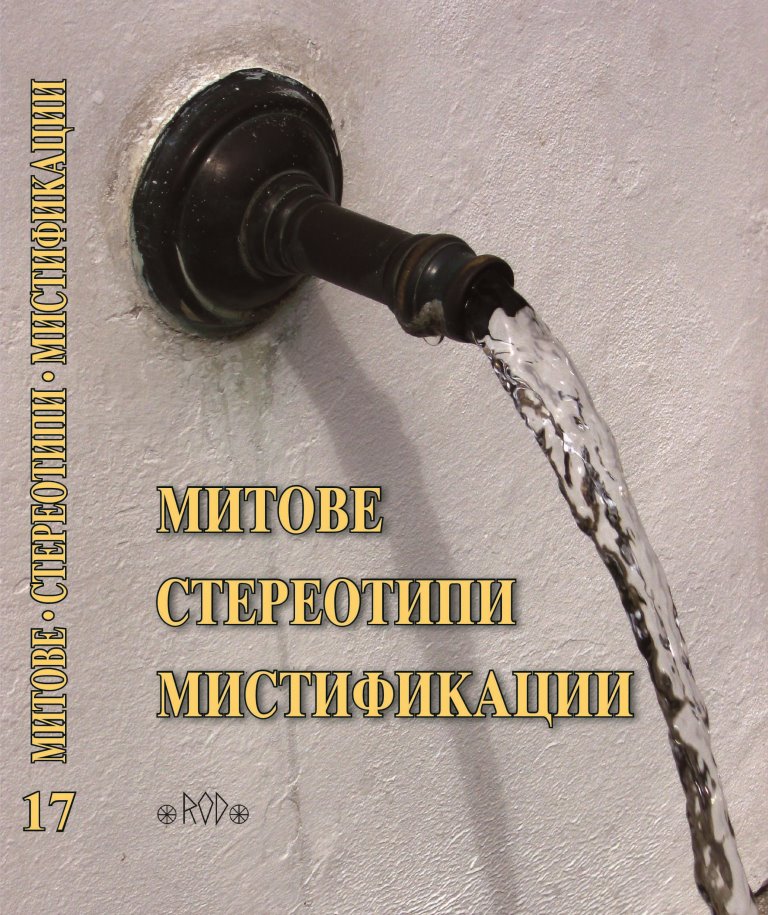
To write this material I was provoked by my love for the history and traditions of the place I have chosen to build a villa. For years, I have been gathering material from the stories of the local’s neighbors. Then I went through the existing scientific publications.
More...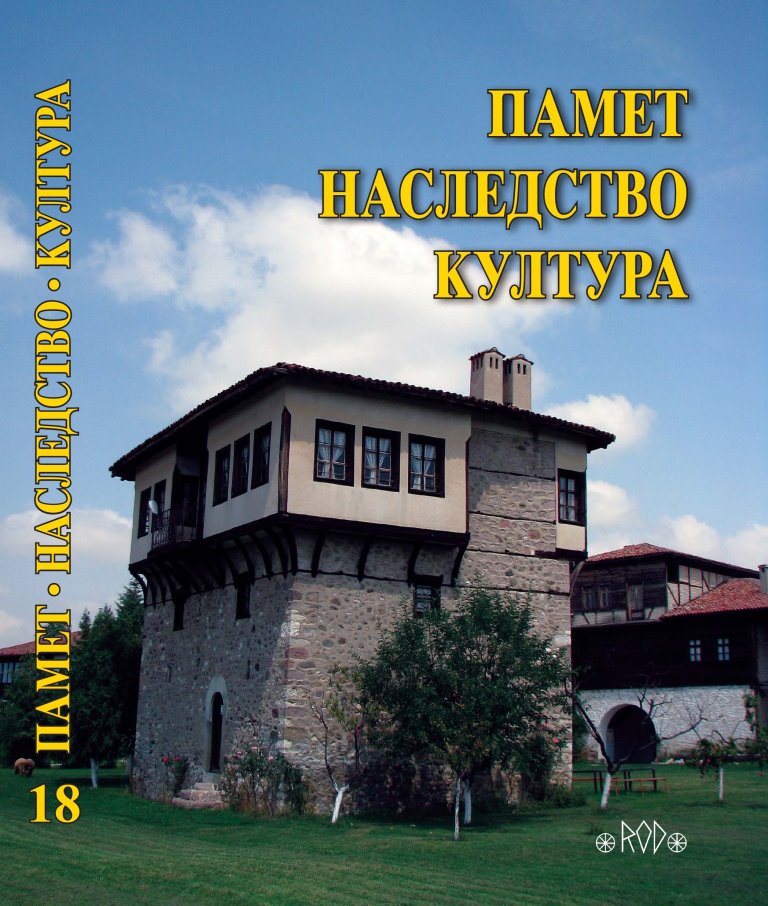
In the article are discussed anthroponyms of pilgrims from Dobrevtsi village, Teteven district, entered in the Etropole beadroll in 1648. For comparison of an earlier period are given names of people from the same village in the Ottoman registers of tax revenue from 1515 and 1584, allowing you to track certain features of the system names, ethnic, confessional and social composition of the population etc. Anthroponyms from the village are compared with those of the pilgrims from Etropole mentioned in the Etropole beadroll.
More...
The NOEMA Journal continues to publish, in a series, the book THE SECRET OF GENIALITY (Yerevan, Armenia, Noyan Tapan Printing House, 2002) by our colleague Robert Djidjian, not only because we all must know the philosophical research and creation (in our domain of epistemology and philosophy of science and technology) from a wider geographic area than that provided by the established fashion in virtue of both extra-scientific reasons and a yet obsolete manner to communicate and value the research; but also because the book as such is living, challenging and very instructive. The title of the book is suggestive enough to make us to focus on an old age question: the dialectic of the insight, of the discovery, its psychology moving between flashes of intuitions and cognizance stored in memory, and its logic of composition of knowledge from hypotheses to their demonstration and verification. The realm of science is most conducive to the understanding of this dialectic and the constitution of the ideas which are the proofs of what is the most certain for humans: the “world 3”, as Popper called the kingdom of human results of their intellection, and though transient and perishable in both their uniqueness and cosmic fate, the only certain proof of the reason to be of homo sapiens in the frame of multiversal existence. Therefore, creation is the secret of the human geniality, and how to create science is a main part of this secret.
More...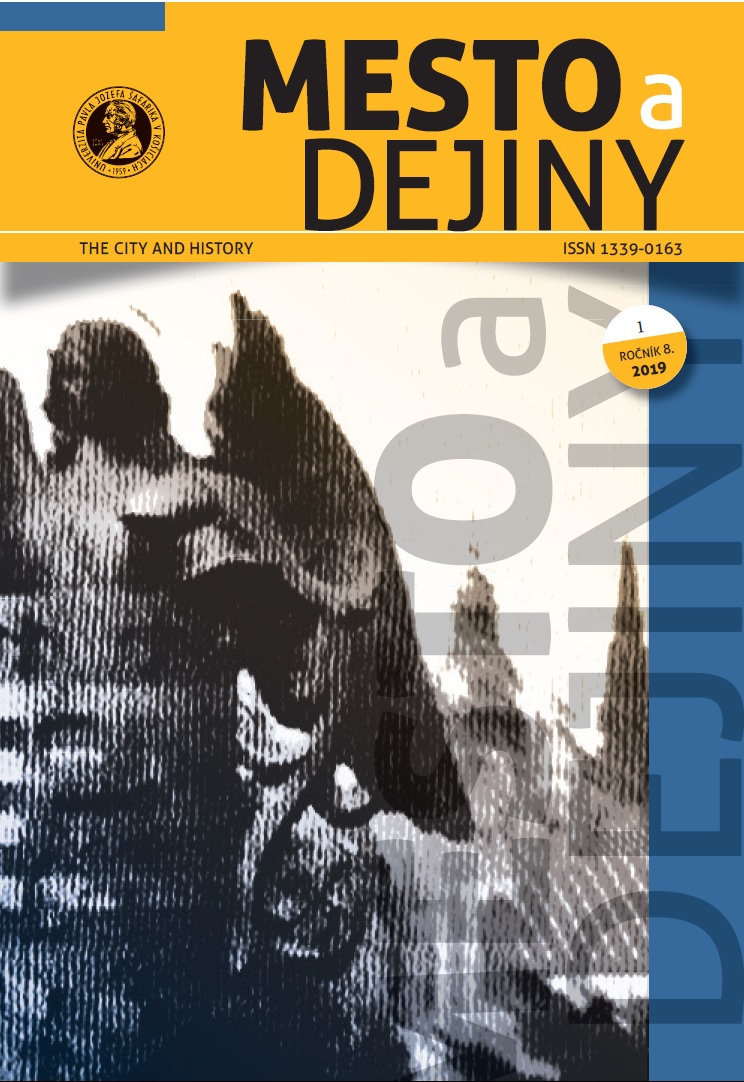
The extension of totalitarian and authoritarian regimes in the first half of the twentieth century, which hit most European states, required political interferences within the highest legislative and executive authorities of states as well as in local administrations and bodies of self-government. Legislative interventions resulted in the formation of new local political elites whose representatives, mostly recruited by the criterion of political reliability, held the defining positions and played the significant role in implementing anti-Jewish policy during the Holocaust era. The main aim of this contribution is the analysis of the mechanisms of legislative interventions into the creation of new local political elites in selected examples of Nazi-occupied countries (General Government, Protectorate of Bohemia and Moravia) and allied regimes (Slovak State and Hungary).
More...
Tabish Khair’s novel, Filming (2007), highlights many deeply vexed issues that are central to any discussion on colonial/postcolonial humanism. The novel presents the film industry of Hindustan and the lives of people associated with this charismatic industry. It also deals with the maltreatment of women and the manner in which their voices are muffled by the male chauvinistic society, thus making them the subaltern that cannot speak, or if they do manage to speak, they are brusquely silenced, because it questions the authority of those in power, and concomitantly tries to reroute the established power relations, and hence these voices and demands are to be viewed as something that deserves immediate disapproval and censorship.
More...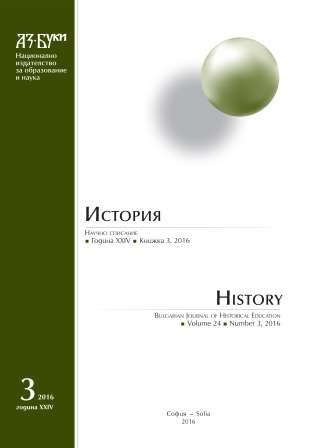
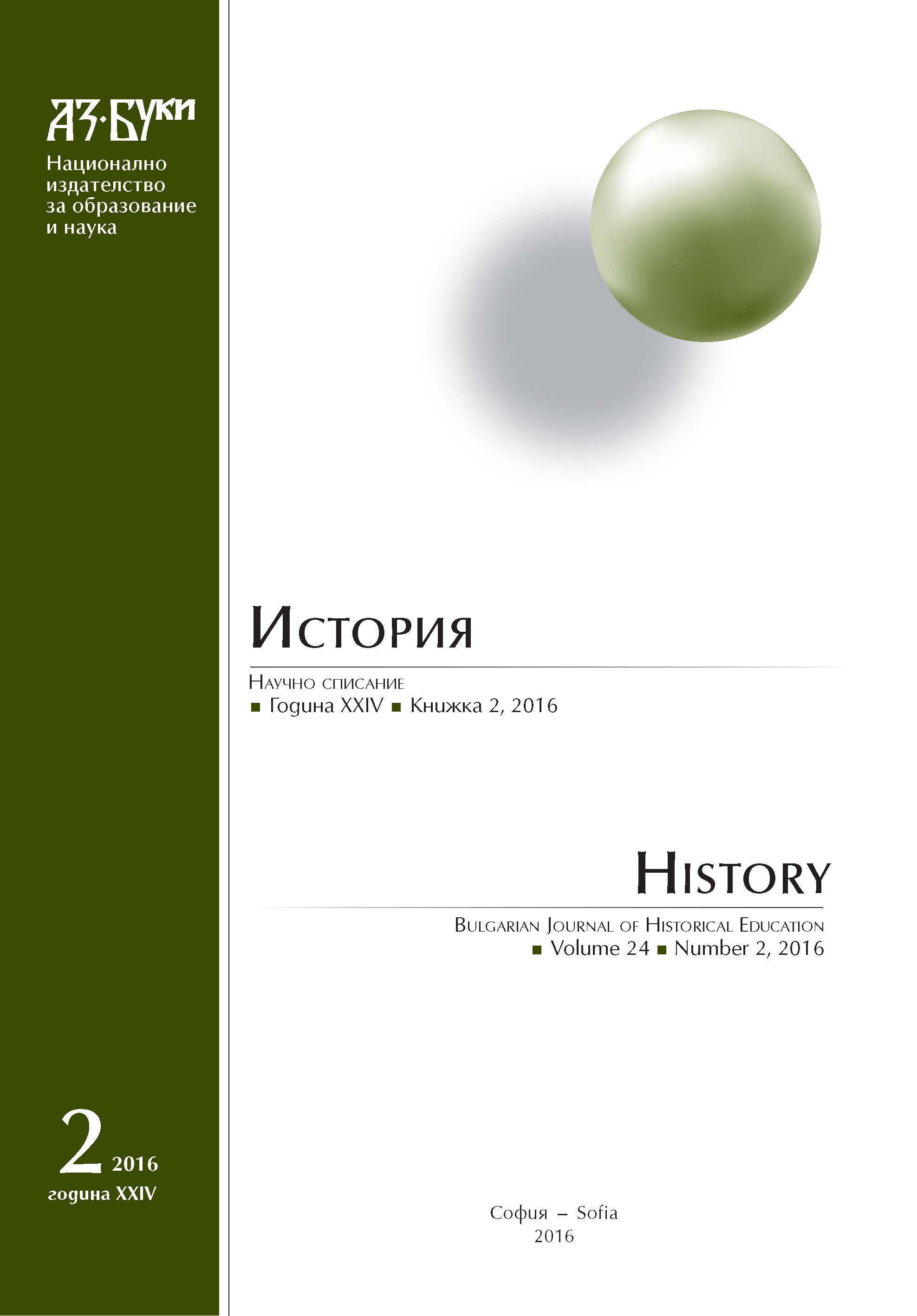
The aim of this article is to present the results of the author’s profound investigation on German-Bulgarian cultural relations since the beginning of the 20th century to the mid-1940s of the 20th century and to give an assessment of the cultural contacts between both countries in the context of Bulgarian political and historical development. The article reveals different aspects of the cultural contact between Germany and Bulgaria in the fields of theatre, fine and applied arts. The author emphasizes the role of the training of many Bulgarian artists in German art institutions and the establishment of German-Bulgarian cultural associations. The article is based on the findings of published studies as well as on the author’s own research undertaken in many museums, archives, private and institutional art collections, situated in Germany and Bulgaria.
More...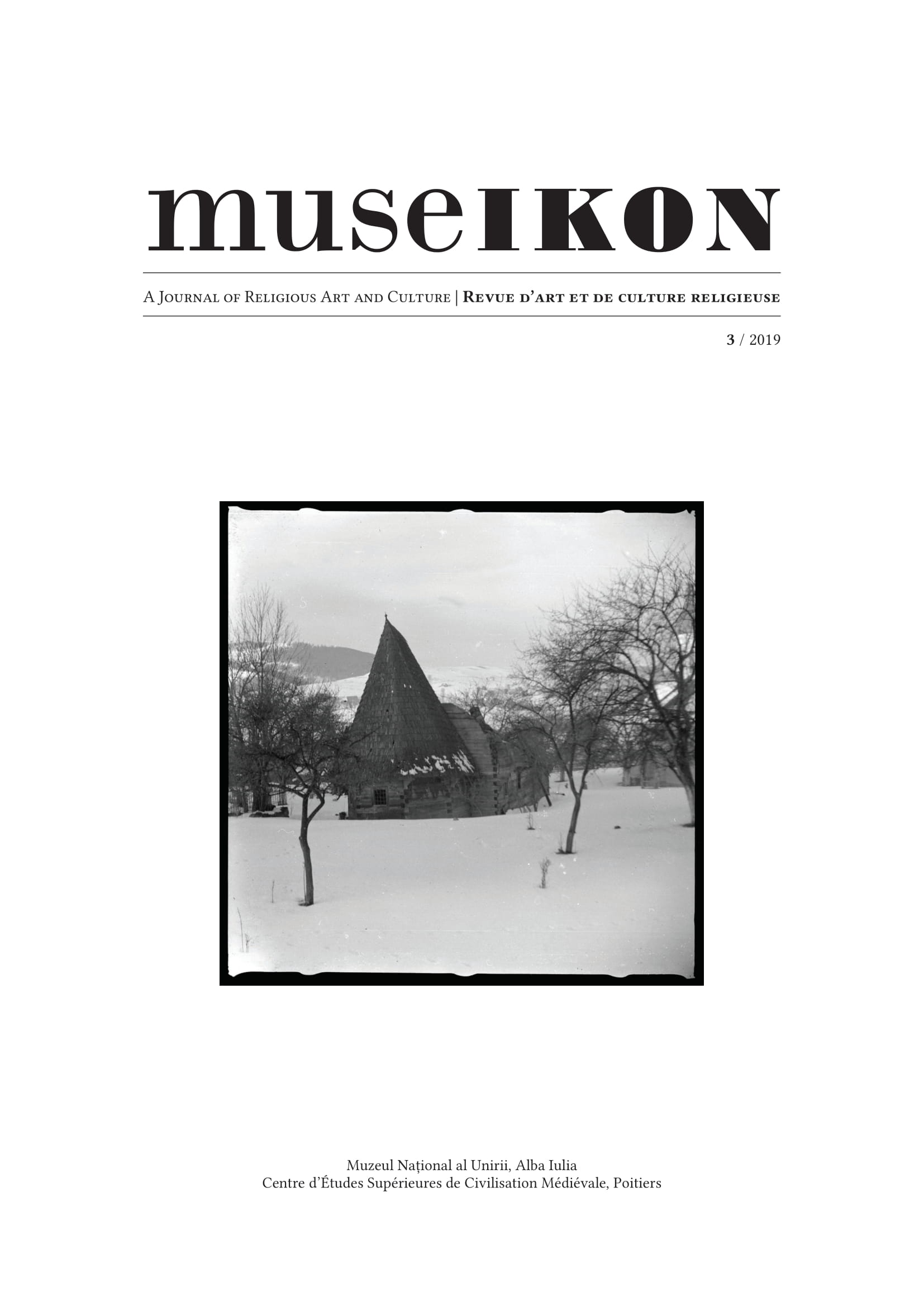
L’effondrement des États communistes de l’Europe de l’Est a mis en lumière des histoires d’héroïsmependant la répression et fait parler d’oppression, de survie et de dignité. Cependant, les tendances historiogra-phiques récentes cherchent désormais à comprendre les aspects systémiques des quarante-cinq années de Régimecommuniste en Roumanie. Les études culturelles et sociales, l’histoire comparée, la et l’histoire orale, entre autres,interprètent et redimensionnent nos conceptions sur le mode de vie pendant le communisme. En partant d’uneapproche post-révisionniste, s’appuyant sur une analyse du discours et sur la sémantique, la présente étude sepropose d’interpréter quelques extraits des archives de la police politique (Securitate) concernant l’histoire dugroupe d’intellectuels et de clercs connu sous le nom de Rugul aprins (Buisson ardent), qui ont été cibles de la ré-pression communiste et incarcérés ensemble pour agissements contre l’ordre social. Puisque leurs préoccupations spirituelles et leur philosophie culturelle témoignaient pleinement d’une attitude anti-communiste et d’une cri-tique du régime socialiste, ils sont devenus l’objet d’un suivi informatif de la Securitate, puis inculpés lors d’un procès mené pendant la seconde vague répressive du régime, en 1958. La présente recherche suit la trame narra-tive et les thèmes du discours de la Securitate, en essayant en même temps de proposer une interprétation de la façon dont les institutions répressives se rapportaient face à l’idée de religiosité et de ‘mysticisme’.
More...
Following in the footsteps of the two conferences of Poi-tiers (Heresy and Bible translation in the Middle Ages and at the dawn of the Renaissance, October 27, 2017, Centre d’Études Supérieures de Civilisation Médiévale) and Alba Iulia (Vernacular Psalters and the Early Rise of Linguistic Identities, June 27-28, 2018, Museikon), the nucleus of researchers already collaborating in a previous Museikon pu-blication (Vernacular Psalters and the Early Rise of Linguis-tic Identities: The Romanian Case, Bucharest, dark Publi-shing / Muzeul Național al Unirii Alba Iulia, ‘Museikon Stu-dies’, 1, 2019) decided to expand the scope of their commoneffort and see how a comparative philological approach would work on a practical level. The idea of this collective research and paper came naturally in the early stages of thepreparation of a future project dealing with a comparativeapproach of vernacular Psalters and Gospels both in rela-tion to their high-prestige Greek, Latin, or Church Slavonicsources, and at an intravernacular level, where some of them could have influenced the others. The comparisons bet-ween vernacular translations are useful for the identification of translation clusters active in several languages and for the reconstruction of a pan-European forma mentis which shaped the early vernacular renderings of the Bible.The present paper is also an editorial test. While experi-menting with format, the contributors equally tested how common publications such as this may be replicated in thenear future, in a journal dedicated only to a comparativephilological study of early Bible translations. The current subject (musical instruments terminology) was chosen in order to provide a representative prospective section ofThe Musical Instruments in the Early Vernacularagakcmmcpcpgccaecerhkisickvmuvathe entire corpus. New collaborators were invited to join inand contribute to the exploration of the more difficultaspects of the study, thus anticipating the opening of philology to a wider array of disciplines, according to the needs of the explored realia. Since the topic is far from being exhausted and since many European languages are not yet dealt with, the study will be continued in the next issue of Museikon.
More...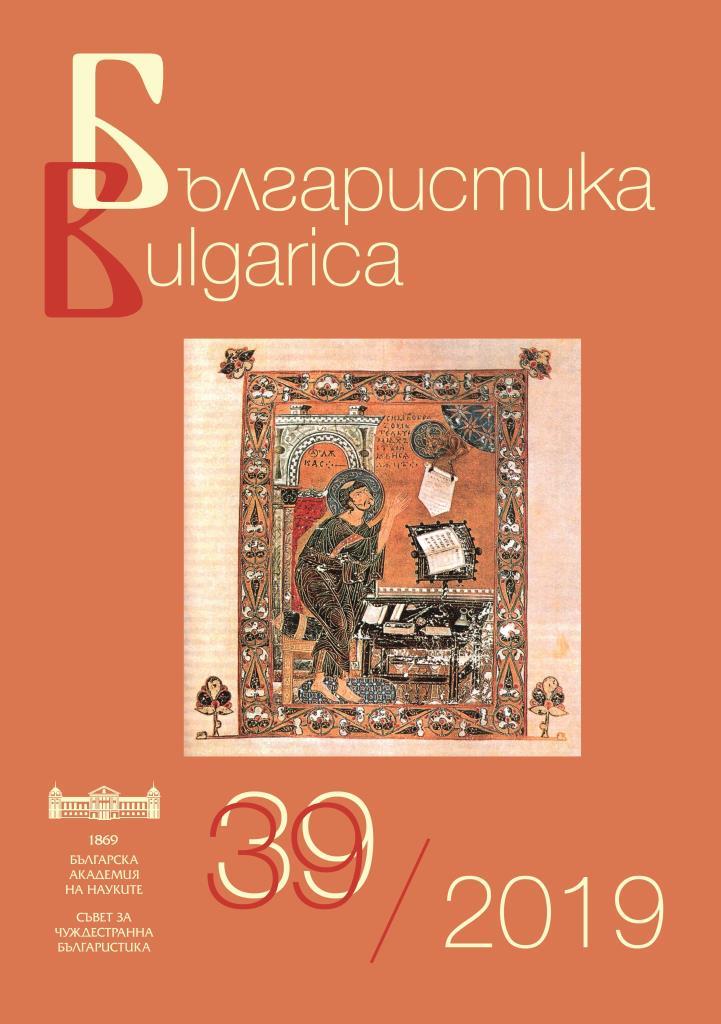
Selected bibliography in the field of Bulgarian Studies published in the current year.
More...
Data about scientific events in the field of the humanities in Bulgaria in 2019
More...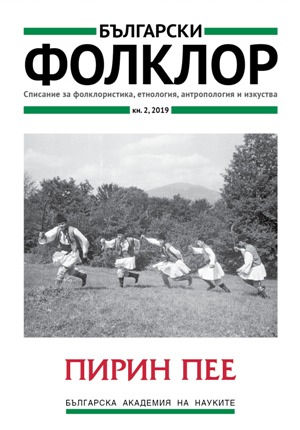
The text analyzes specific examples from the festive life of the Hungarian cities of Mohács and Debrecen and in particular different manifestations of the contemporary masquerade game. The author pays attention to the construction of urban identity (part A) and searches for basic characteristics of the urban cultural space as a place of national memory (part B). The field research method is applied for the purposes of the present study. In conclusion it is noted that it is especially important for the participants to identify with a particular masquerade community that builds additional social networks outside of the carnival chronotope. The consistency with the culture and traditions of the city is also significant as far as these are manifestations of urban identity. The national identity finds expression in symbols and signs of the national manifested under conditions of deterritorialization. Through the self-perception of the people in the city (as people tied to it and belonging to it) and through their identification with it, the urban social space acquires its anthropological dimensions contributing to its unique spirit and particularity (genius loci).
More...